Collection
Theme
- Debt bondage
- Forced labour
- Sexual exploitation
- Children
- Trafficking
- Domestic slavery
- Armed Conflict
- Emancipation
- Forced marriage
Country
- India (slavery location)
- India (trafficked from)
- Japan (slavery location)
- Thailand (trafficked from)
- United Kingdom (slavery location) 20 More
Date
- 2018 (Narrative date)
- 2015 (Narrative date)
- 2016 (Narrative date)
- 2017 (Narrative date)
- 2004 (Narrative date) 20 More
Type
93 results
VOICES: Narratives by Survivors of Modern Slavery
This is the world's largest archive of modern slavery survivor narratives. Across more than a million words spoken or written by survivors of modern slavery, we can see why slavery persists in particular hotspots, analyse patterns in trafficking routes, identify vulnerabilities, understand more about the challenges survivors face in liberation, and discover new antislavery solutions. These narratives offer the chance to systematically design new antislavery strategies based on the experiences, ideas and solutions of enslaved people themselves.
The database is searchable by country, name, theme, and narrative date. Narratives can be viewed in list or map form. A short introduction provides context to each narrative. Narrative provenance appears after the main narrative text.
For ideas on how to use this database, please see our accompanying guide.
Project Lead: Zoe Trodd. Team Members: Andrea Nicholson, Lauren Eglen, Rosemary Pearce, Olivia Wright.
Project Funders: AHRC Antislavery Usable Past grant (2014-19), ESRC/AHRC PaCCS Modern Slavery: Meaning and Measurement grant (2016-19), and AHRC-GCRF Antislavery Knowledge Network grant (2017-2021).
For any queries about the collection please contact: [email protected]. If you wish to cite a particular narrative, please acknowledge the survivor’s name, the provenance of the narrative and cite: Voices Database, the Rights Lab, University of Nottingham.
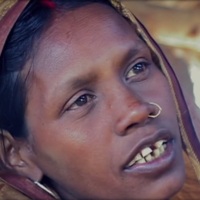
Choti
In 2000, some of the 220 residents of Sonebarsa, a quarrying village in Uttar Pradesh, India, revolted against their slaveholders. About 40 families lived in Sonebarsa, all of them Kols, an ethnic group near the bottom of India’s steep ladder of caste and discrimination, and all locked into…
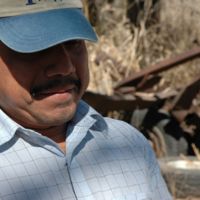
Miguel
Miguel’s narrative marks a clear turning-point when he knew he could remain in bondage no longer: “A week before Easter it happened.” He told other workers: “Now is our time to leave.” Miguel had arrived in the US from Mexico in 2001, and ended up as a slave in a labor camp run by the…
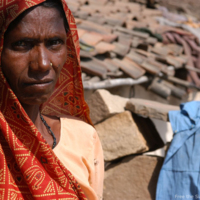
Munni
Debt bondage is the most common form of modern slavery. Found predominantly in South Asia and South America, it occurs when a person pledges their labor or that of a child for an indefinite period of time in return for financial credit. There are millions of bonded laborers in India. Debts arise…
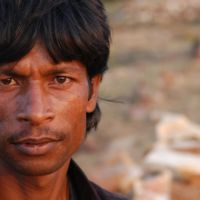
Ramphal
In 2000, some of the 220 residents of Sonebarsa, a quarrying village in Uttar Pradesh, India, revolted against their slaveholders. About 40 families lived in Sonebarsa, all of them Kols, an ethnic group near the bottom of India’s steep ladder of caste and discrimination, and all locked into…
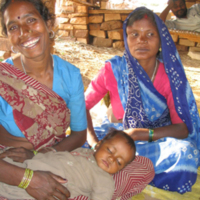
Sumara
In 2000, some of the 220 residents of Sonebarsa, a quarrying village in Uttar Pradesh, India, revolted against their slaveholders. About 40 families lived in Sonebarsa, all of them Kols, an ethnic group near the bottom of India’s steep ladder of caste and discrimination, and all locked into…
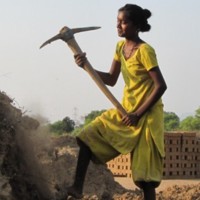
Shanti
Shanti narrated her story while enslaved as a bonded laborer in the rock quarries of Uttar Pradesh, India. Debt bondage is the most common form of modern slavery. Found predominantly in South Asia and South America, it occurs when a person pledges their labor or that of a child for an indefinite…
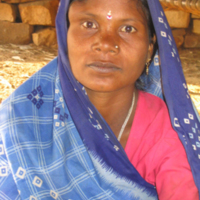
Shyamkali
In 2000, some of the 220 residents of Sonebarsa, a quarrying village in Uttar Pradesh, India, revolted against their slaveholders. About 40 families lived in Sonebarsa, all of them Kols, an ethnic group near the bottom of India’s steep ladder of caste and discrimination, and all locked into…
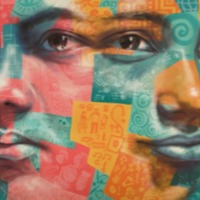
Joy
An orphan who was tricked into leaving her village in northern Nigeria in 1998, Joy Ubi-Ubi fashions the turning-point from freedom to slavery as the moment when she drank blood during a voodoo ritual. Afterwards, once Joy was in Europe, her captors said this ritual meant the “juju” would kill…

Angela
Angela Guanzon was brought to the United States from Bacolod City, Philippines, in 2005, to work at an elderly care home in California. But upon arrival she was told she owed $12,000 in fees, to be deducted before wages. She worked 18 hours a day and slept on hallway floors for two and half years.…

Trong
China remains a source, transit and destination country for men, women and children subject to forced labour. There have been a number of media reports exposing cases of forced labour in the country, especially among the disabled whose families are unable to care for them and with an underdeveloped…
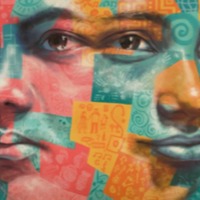
Shandra (Narrative 3)
There are an estimated 57,700 people in modern slavery in the US according to GSI estimates. The US attracts migrants and refugees who are particularly at risk of vulnerability to human trafficking. Trafficking victims often responding to fraudulent offers of employment in the US migrate willingly…
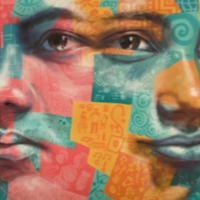
Gilberto
Brazil is a source country for men and boys trafficked internally for forced labor which accounts for most instances of modern slavery in Brazil. It is particularly prevalent in manual labour sectors such as construction, manufacturing, factory and domestic work and occurs in rural and…
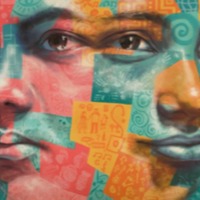
Aakash
Foreign workers constitute more than 20 percent of the Malaysian workforce and typically migrate voluntarily—often illegally—to Malaysia from Bangladesh, India, Nepal, Burma, Indonesia, the Philippines, and other Southeast Asian countries, mostly in pursuit of better economic opportunities. Some…
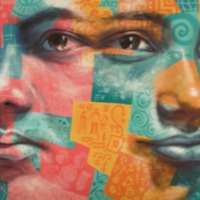
Mohammed
It is estimated that there are over 2 million people are living in conditions of modern slavery in Pakistan. Debt bondage constitutes the most prevalent form of slavery, being found in industries such as brick making, agriculture, carpet weaving and fishing. Brick-kilns are located on the outskirts…
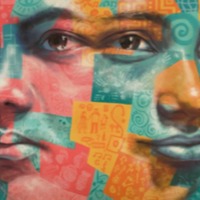
Ruhi
Entire families migrate every year from other states in India to find work in Punjab’s brick kilns. The survey data suggest that there are more than 18 million people or 1.4 percent of the total population, who are living in conditions of modern slavery in India. Industries implicated in survey…
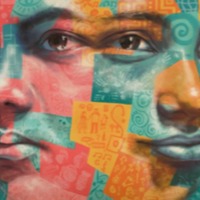
Sunita B
India has a population of more than 1.3 billion people, there are still at least 270 million people living on less than US$1.90 per day. While laws, systems and attitudes regarding key 'fault lines' such as the caste system, gender and feudalism are rapidly changing, social change of this depth and…
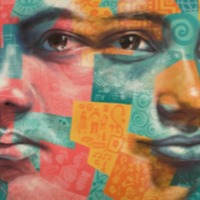
Aanya
India has a population of more than 1.3 billion people, there are still at least 270 million people living on less than US$1.90 per day. While laws, systems and attitudes regarding key 'fault lines' such as the caste system, gender and feudalism are rapidly changing, social change of this depth and…
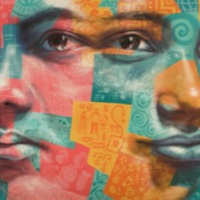
Sanjay
India has a population of more than 1.3 billion people, there are still at least 270 million people living on less than US$1.90 per day. While laws, systems and attitudes regarding key 'fault lines' such as the caste system, gender and feudalism are rapidly changing, social change of this depth…
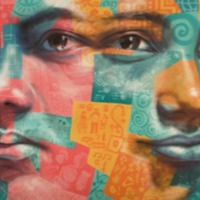
Anish
India has a population of more than 1.3 billion people, there are still at least 270 million people living on less than US$1.90 per day. While laws, systems and attitudes regarding key 'fault lines' such as the caste system, gender and feudalism are rapidly changing, social change of this depth and…
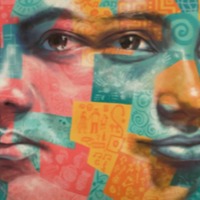
Rina
India has a population of more than 1.3 billion people, there are still at least 270 million people living on less than US$1.90 per day. While laws, systems and attitudes regarding key 'fault lines' such as the caste system, gender and feudalism are rapidly changing, social change of this depth and…